Key Takeaways
Some of the highest paying dividend ETFs in 2025 include the Vanguard International High Dividend Yield ETF (VYMI) and Invesco High Yield Equity Dividend Achievers ETF (PEY), offering yields above 4% while maintaining diversified exposure. These ETFs focus on companies with strong dividend histories, making them attractive options for income-focused investors seeking reliable cash flow and long-term growth potential.
Introduction
Dividend-paying exchange-traded funds (ETFs) offer investors a straightforward way to generate passive income while maintaining portfolio diversification. These funds focus on companies that consistently distribute dividends, making them an attractive option for those seeking regular cash flow. Investors often turn to high-dividend ETFs to enhance income streams, especially in low-interest-rate environments or retirement planning. The key benefits of dividend ETFs include potential long-term wealth accumulation through reinvested dividends, reduced volatility compared to individual stocks, and exposure to high-quality companies with strong financial fundamentals. By integrating dividend ETFs into an investment strategy, individuals can balance income generation with growth opportunities, ensuring financial stability over time.
Factors to Consider When Choosing High-Dividend ETFs
When selecting high-dividend ETFs, investors should consider several key factors to ensure long-term success and financial stability. Dividend yield and sustainability are crucial, as a high yield may be attractive, but it’s equally important to assess whether the fund's dividends are consistent and supported by strong underlying assets. Expense ratios and fees can significantly impact overall returns, so choosing funds with competitive costs is essential for maximizing earnings. Additionally, sector and geographic exposure play a role in diversification—some ETFs focus on specific industries or regions, which can affect risk levels and growth potential. Finally, risk factors such as volatility and interest rate sensitivity should not be overlooked. High-yield investments may experience price fluctuations, and economic changes can influence dividend payouts. By carefully evaluating these factors, investors can make informed decisions that align with their income goals and risk tolerance.
Top High-Dividend-Paying ETFs
1. Fidelity High Dividend ETF (FDVV)
Dividend Yield: Competitive yield above market average
Fund Composition: Focuses on U.S. large-cap stocks with strong dividend histories
Sector Focus: Broad diversification across multiple industries
Historical Performance: Consistent dividend growth and stable returns
2. Vanguard High Dividend Yield ETF (VYM)
Dividend Yield: High yield with a focus on sustainability
Fund Composition: Invests in large-cap U.S. companies with reliable dividend payouts
Sector Focus: Heavy exposure to financials, healthcare, and consumer goods
Historical Performance: Strong long-term performance with steady income generation
3. Schwab U.S. Dividend Equity ETF (SCHD)
Dividend Yield: Attractive yield with a focus on quality dividend stocks
Fund Composition: Targets companies with strong fundamentals and consistent dividend payments
Sector Focus: Balanced exposure across various industries
Historical Performance: Proven track record of dividend growth and capital appreciation
Advantages and Disadvantages of High-Dividend ETFs
Pros of High-Dividend ETFs
One of the biggest benefits is their reliable income stream, as these funds focus on companies with consistent dividend payouts, making them ideal for income-focused investors, retirees, or those looking to reinvest dividends for compounded growth. Another advantage is diversification, since ETFs hold multiple dividend-paying stocks across various sectors, reducing individual stock risk and enhancing portfolio stability. Additionally, dividend reinvestment and compounding can significantly boost long-term returns by allowing investors to reinvest their earnings, leveraging the power of compound interest.
Cons of High-Dividend ETFs
Despite their appeal, high-dividend ETFs come with certain challenges. Dividend sustainability concerns arise when funds invest in companies with unsustainable payout ratios, potentially leading to dividend cuts. Another key risk is market volatility, as dividend stocks may underperform in a rising interest rate environment or economic downturns. Finally, high expense ratios can eat into profits—some dividend-focused ETFs charge higher fees, which can reduce overall returns.
How to Invest in High-Dividend ETFs
Investing in high-dividend ETFs requires careful planning and research to ensure they align with your financial goals. First, research ETFs by analyzing their dividend yields, sustainability, sector exposure, and expense ratios. Look for funds with a strong history of dividend payments and low management fees to maximize returns. Next, choose a brokerage that offers access to dividend ETFs with competitive trading fees and investment tools.
Setting up an account is straightforward, and many platforms provide automated investment options for easier portfolio management. Finally, develop a portfolio allocation strategy that balances high-dividend ETFs with other asset classes to manage risk and optimize returns. Diversification across different sectors and geographic regions can help stabilize performance and protect against market fluctuations.
Conclusion
High-dividend ETFs can be a powerful tool for income-focused investors, offering reliable cash flow and long-term growth opportunities. The best ETFs for dividends vary based on individual risk tolerance, investment horizon, and financial objectives. When selecting funds, investors should prioritize dividend sustainability, expense ratios, and sector exposure. By carefully evaluating available options and maintaining a diversified portfolio, investors can effectively harness dividend ETFs to enhance financial stability. Whether you're building passive income or planning for retirement, high-dividend ETFs can be a valuable addition to an investment strategy.
🚀 Master Dividend Investing – Unlock Passive Income 💰
Looking to supercharge your portfolio and live off dividends? Dive into these expert resources:
🏆 Top Dividend Stocks & Investing Strategies
💰 Dividend Funds & High-Yield ETFs
⚡ Dividend Essentials & Tax Strategies
🔗 Bookmark this guide & start your journey to financial independence! 🚀💸



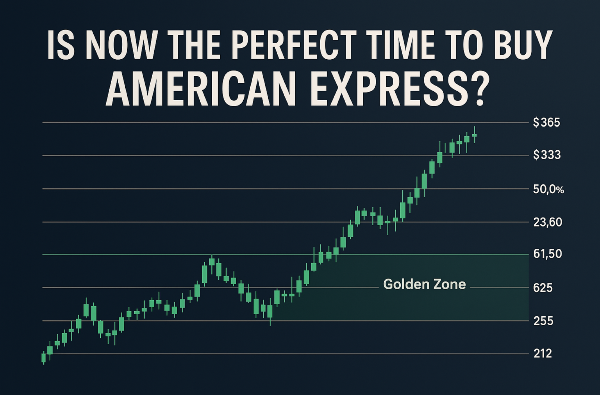

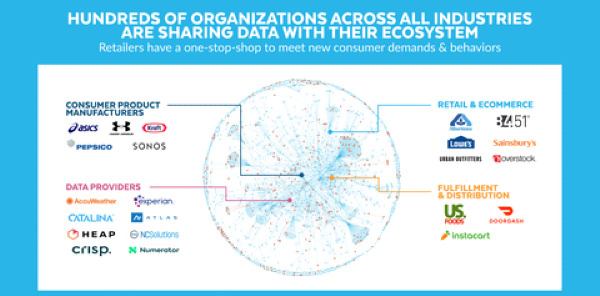
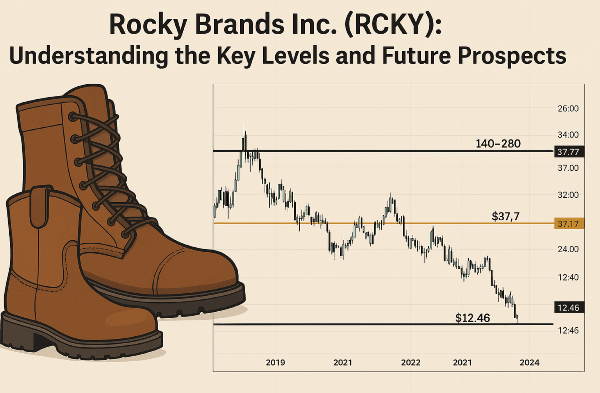


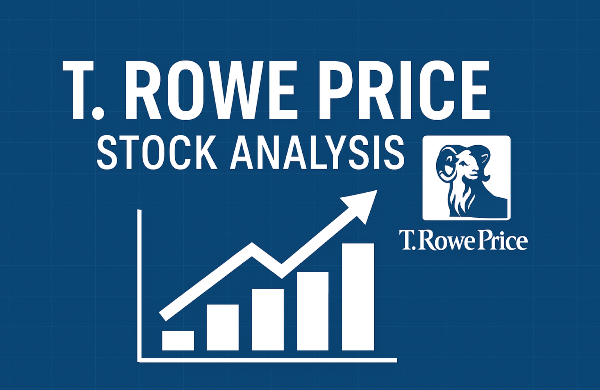
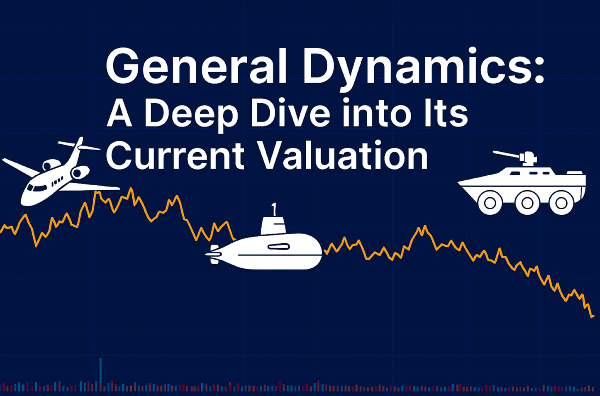

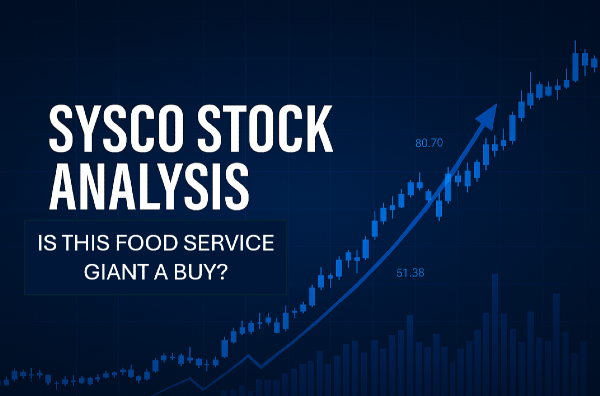
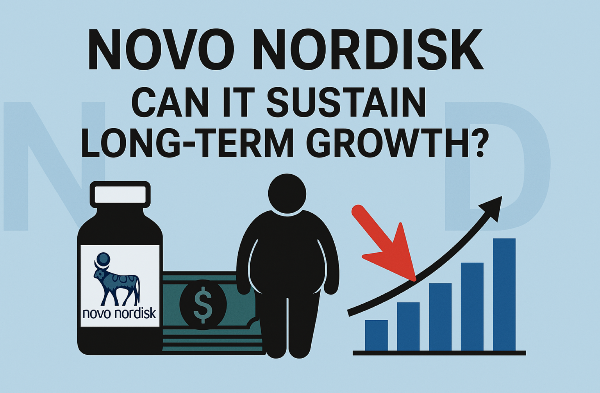

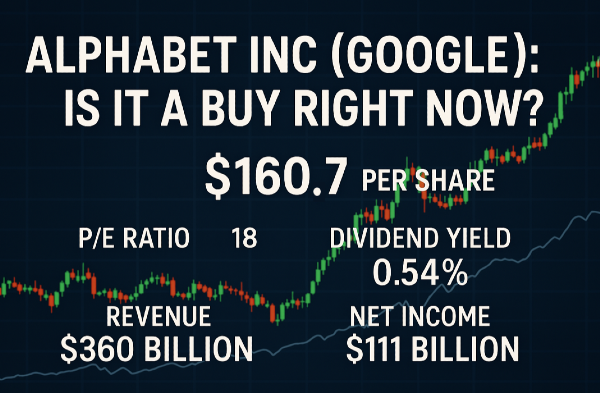

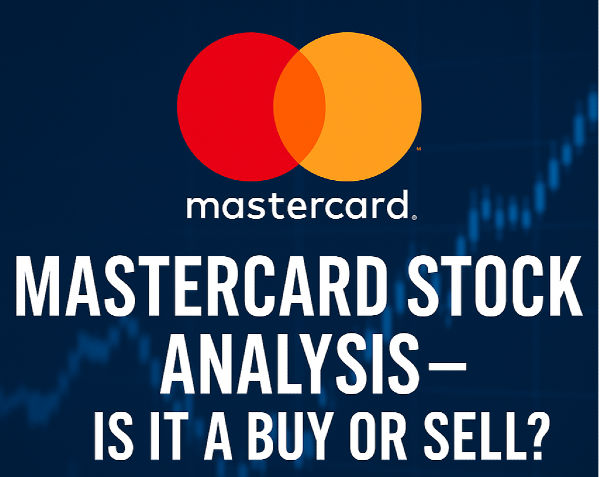

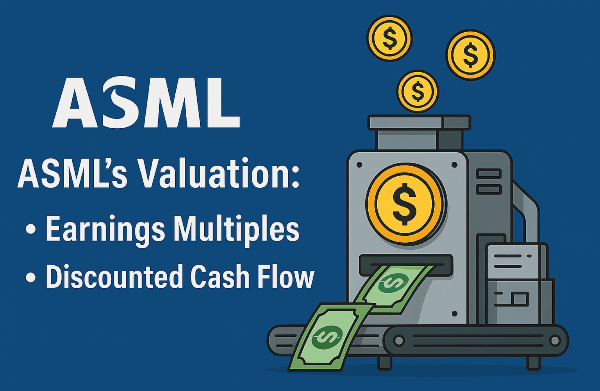

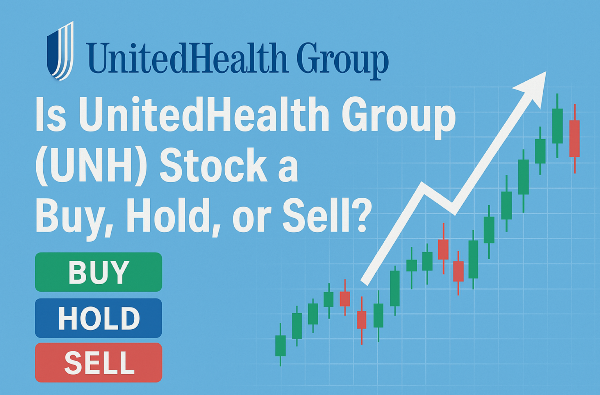








Key Takeaways
Some of the highest paying dividend ETFs in 2025 include the Vanguard International High Dividend Yield ETF (VYMI) and Invesco High Yield Equity Dividend Achievers ETF (PEY), offering yields above 4% while maintaining diversified exposure. These ETFs focus on companies with strong dividend histories, making them attractive options for income-focused investors seeking reliable cash flow and long-term growth potential.
Introduction
Dividend-paying exchange-traded funds (ETFs) offer investors a straightforward way to generate passive income while maintaining portfolio diversification. These funds focus on companies that consistently distribute dividends, making them an attractive option for those seeking regular cash flow. Investors often turn to high-dividend ETFs to enhance income streams, especially in low-interest-rate environments or retirement planning. The key benefits of dividend ETFs include potential long-term wealth accumulation through reinvested dividends, reduced volatility compared to individual stocks, and exposure to high-quality companies with strong financial fundamentals. By integrating dividend ETFs into an investment strategy, individuals can balance income generation with growth opportunities, ensuring financial stability over time.
Factors to Consider When Choosing High-Dividend ETFs
When selecting high-dividend ETFs, investors should consider several key factors to ensure long-term success and financial stability. Dividend yield and sustainability are crucial, as a high yield may be attractive, but it’s equally important to assess whether the fund's dividends are consistent and supported by strong underlying assets. Expense ratios and fees can significantly impact overall returns, so choosing funds with competitive costs is essential for maximizing earnings. Additionally, sector and geographic exposure play a role in diversification—some ETFs focus on specific industries or regions, which can affect risk levels and growth potential. Finally, risk factors such as volatility and interest rate sensitivity should not be overlooked. High-yield investments may experience price fluctuations, and economic changes can influence dividend payouts. By carefully evaluating these factors, investors can make informed decisions that align with their income goals and risk tolerance.
Top High-Dividend-Paying ETFs
1. Fidelity High Dividend ETF (FDVV)
Dividend Yield: Competitive yield above market average Fund Composition: Focuses on U.S. large-cap stocks with strong dividend histories Sector Focus: Broad diversification across multiple industries Historical Performance: Consistent dividend growth and stable returns
2. Vanguard High Dividend Yield ETF (VYM)
Dividend Yield: High yield with a focus on sustainability Fund Composition: Invests in large-cap U.S. companies with reliable dividend payouts Sector Focus: Heavy exposure to financials, healthcare, and consumer goods Historical Performance: Strong long-term performance with steady income generation
3. Schwab U.S. Dividend Equity ETF (SCHD)
Dividend Yield: Attractive yield with a focus on quality dividend stocks Fund Composition: Targets companies with strong fundamentals and consistent dividend payments Sector Focus: Balanced exposure across various industries Historical Performance: Proven track record of dividend growth and capital appreciation
Advantages and Disadvantages of High-Dividend ETFs
Pros of High-Dividend ETFs
One of the biggest benefits is their reliable income stream, as these funds focus on companies with consistent dividend payouts, making them ideal for income-focused investors, retirees, or those looking to reinvest dividends for compounded growth. Another advantage is diversification, since ETFs hold multiple dividend-paying stocks across various sectors, reducing individual stock risk and enhancing portfolio stability. Additionally, dividend reinvestment and compounding can significantly boost long-term returns by allowing investors to reinvest their earnings, leveraging the power of compound interest.
Cons of High-Dividend ETFs
Despite their appeal, high-dividend ETFs come with certain challenges. Dividend sustainability concerns arise when funds invest in companies with unsustainable payout ratios, potentially leading to dividend cuts. Another key risk is market volatility, as dividend stocks may underperform in a rising interest rate environment or economic downturns. Finally, high expense ratios can eat into profits—some dividend-focused ETFs charge higher fees, which can reduce overall returns.
How to Invest in High-Dividend ETFs
Investing in high-dividend ETFs requires careful planning and research to ensure they align with your financial goals. First, research ETFs by analyzing their dividend yields, sustainability, sector exposure, and expense ratios. Look for funds with a strong history of dividend payments and low management fees to maximize returns. Next, choose a brokerage that offers access to dividend ETFs with competitive trading fees and investment tools.
Setting up an account is straightforward, and many platforms provide automated investment options for easier portfolio management. Finally, develop a portfolio allocation strategy that balances high-dividend ETFs with other asset classes to manage risk and optimize returns. Diversification across different sectors and geographic regions can help stabilize performance and protect against market fluctuations.
Conclusion
High-dividend ETFs can be a powerful tool for income-focused investors, offering reliable cash flow and long-term growth opportunities. The best ETFs for dividends vary based on individual risk tolerance, investment horizon, and financial objectives. When selecting funds, investors should prioritize dividend sustainability, expense ratios, and sector exposure. By carefully evaluating available options and maintaining a diversified portfolio, investors can effectively harness dividend ETFs to enhance financial stability. Whether you're building passive income or planning for retirement, high-dividend ETFs can be a valuable addition to an investment strategy.
🚀 Master Dividend Investing – Unlock Passive Income 💰
Looking to supercharge your portfolio and live off dividends? Dive into these expert resources:
🏆 Top Dividend Stocks & Investing Strategies
💰 Dividend Funds & High-Yield ETFs
⚡ Dividend Essentials & Tax Strategies
🔗 Bookmark this guide & start your journey to financial independence! 🚀💸